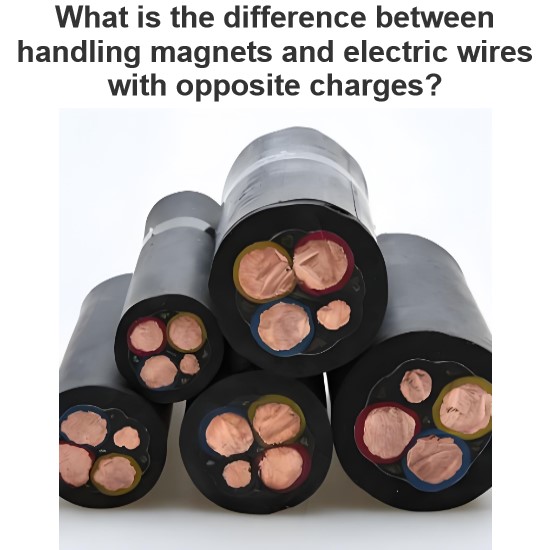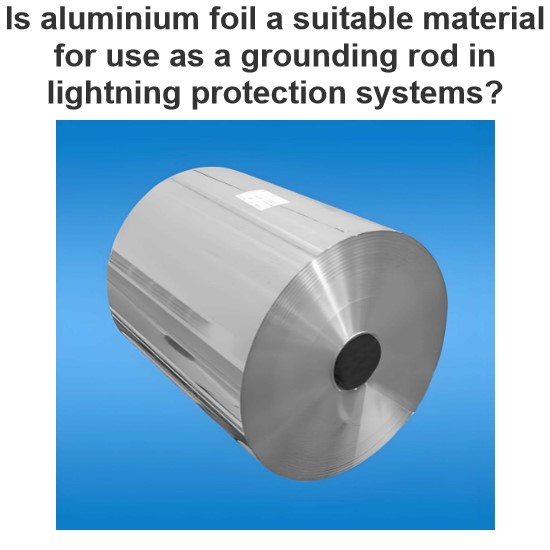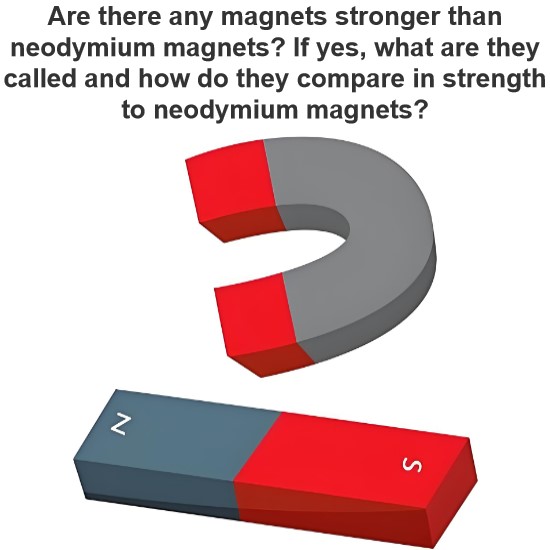Comparison of Type – I and Type – II Superconductors
Electrical4u
03/14/2024 14:27:49
Based on the behavior and properties of Superconductors, these are classified into two categories-
(1) Type – I Superconductors: Low Temperature Superconductors.
(2) Type – II Superconductors: High Temperature Superconductors.
td{
width:49%
}
Type – I and Type – II superconductors slightly different in their behavior and properties. The comparison of type-I and type – II superconductors is shown in the table below
| Type – I Superconductors | Type – II Superconductors |
| Low critical temperature (typically in the range of 0K to 10K) | High critical temperature (typically greater than 10K) |
| Low Critical magnetic field (Typically in the range of 0.0000049 T to 1T) | High Critical magnetic field (Typically greater than 1T) |
| Perfectly obey the Meissner effect: Magnetic field cannot penetrate inside the material. | Partly obey the Meissner effect but not completely: Magnetic field can penetrate inside the material. |
| Exhibits single critical magnetic field. | Exhibits two critical magnetic field |
| Easily lose the superconducting state by low-intensity magnetic field. Therefore, type-I superconductors are also known as soft superconductors. | Does not easily lose the superconducting state by external magnetic field. Therefore, type-II superconductors are also known as hard superconductors. |
The transition from a superconducting state to a normal state due to the external magnetic field is sharp and abrupt for type-I superconductors. |
The transition from a superconducting state to a normal state due to the external magnetic field is gradually but not shape and abrupt. At lower critical magnetic field (HC1), type-II superconductor starts losing its superconductivity. At upper critical magnetic field (HC2), type-II superconductor completely loses its superconductivity. The state between lower critical magnetic field and upper magnetic field is known as an intermediate state or mixed state. |
| Due to the low critical magnetic field, type-I superconductors cannot be used for manufacturing electromagnets used for producing strong magnetic field. | Due to the high critical magnetic field, type-II superconductors can be used for manufacturing electromagnets used for producing strong magnetic field. |
| Type-I superconductors are generally pure metals. | Type-II superconductors are generally alloys and complex oxides of ceramics. |
| BCS theory can be used to explain the superconductivity of type-I superconductors. | BCS theory cannot be used to explain the superconductivity of type-II superconductors. |
| These are completely diamagnetic. | These are not completely diamagnetic |
| These are also called as Soft Superconductors. | These are also called as Hard Superconductors. |
| These are also called as Low-temperature Superconductors. | These are also called as High-temperature Superconductors. |
| No mixed state exists in type-I Superconductors. | A mixed state exists in type-II Superconductors. |
| Slight impurity does not affect the superconductivity of type-I superconductors. | Slight impurity greatly affects the superconductivity of type-II superconductors. |
| Due to the low critical magnetic field, type-I superconductors have limited technical applications. | Due to the high critical magnetic field, type-II superconductors have wider technical applications. |
| Examples: Hg, Pb, Zn,etc. | Examples: NbTi, Nb3Sn, etc. |
Electrical4U is dedicated to the teaching and sharing of all things related to electrical and electronics engineering.




